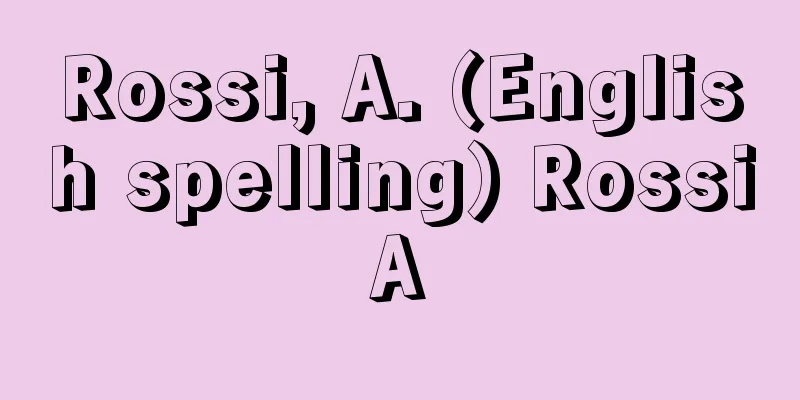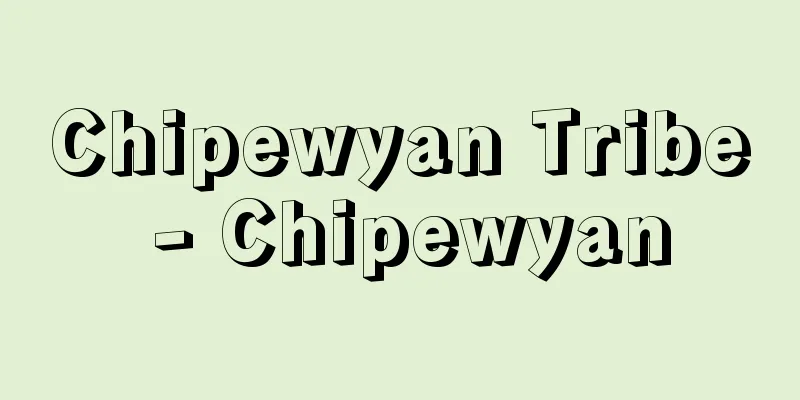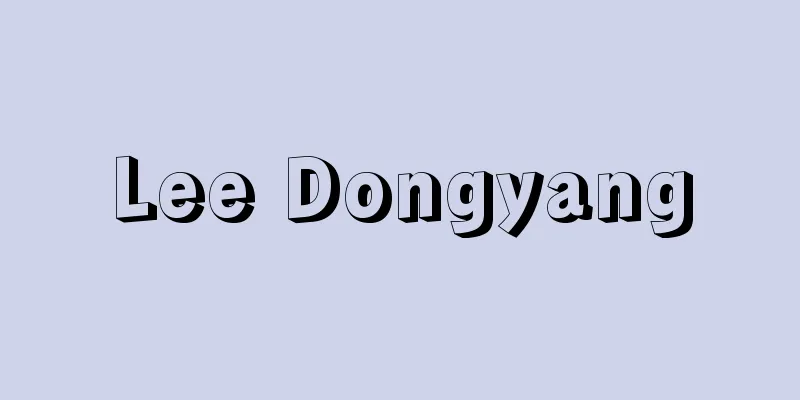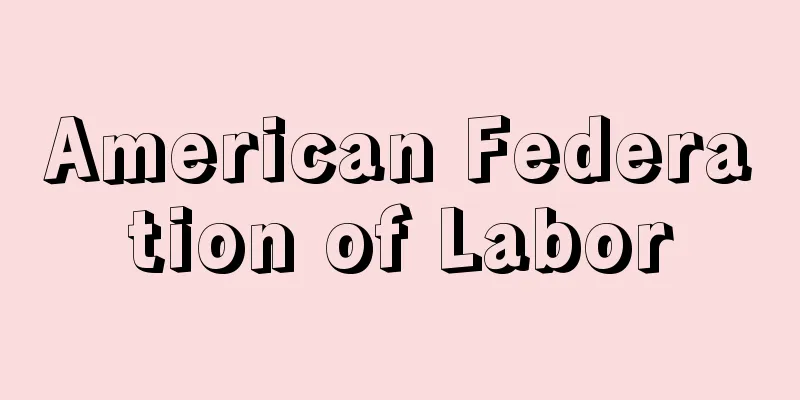Rockefeller Group

|
It is one of the largest interest groups in America, and its sphere of influence in the economic and financial world is on a par with that of the Morgan family. The Rockefeller and Morgan groups are rivals, but at the same time, they have cooperated as strategic allies since the end of the 20th century to develop global strategies and create the hegemony of the American economy and finance (Pax Americana). In September 2000, Chase Manhattan, the main bank holding company of the Rockefeller group, absorbed J.P. Morgan, the core of Morgan financial institutions, and launched JP Morgan Chase at the end of the same year, and began to form a megabank that would surpass the giant banks of Europe and Japan in order to establish the American global financial regime. John D. Rockefeller, the founder of the Rockefeller conglomerate, lived a life as an entrepreneur who brought development to the American oil industry until his death in 1937 after amassing an enormous fortune. He also went on to bring major companies in the banking, automobile, air transport, railroad, chemical, and information and communications industries under his umbrella, creating America's largest corporate group. [Koichi Okumura] historyJohn D. Rockefeller entered the oil industry in 1862 with only $4,000 in his pocket, and together with his brother William Rockefeller (1841-1922) and other business partners Andrews, Flagler, Harkness, Brewster, and Jennings, he established the Standard Oil Trust. At the end of the 19th century, Standard Oil established a monopoly as an integrated company that controlled the production, transportation, and sales of crude oil throughout the United States, and even went so far as to compete for supremacy with Royal Dutch Shell, a British-Dutch company, as a conqueror in the world market. In 1911, the Standard Oil Trust was split up by the Sherman Act (antitrust law), but the Standard Oil companies continued to compete and cooperate with each other as Standard Oil companies, further strengthening their position in the US and international oil markets. At the same time, John D. Rockefeller I and II (1874-1960) felt the need to have a stronger voice not only in American domestic politics but also in international politics (foreign policy), and from the 1920s they founded and developed the Council on Foreign Relations, America's largest policy-making organization, which continues to serve as a source of human resources for the Washington government to this day. In 1930, they gained control of Chase National Bank, a Morgan bank, and in 1955 merged with Manhattan Bank to form the Chase Manhattan Bank. Rockefeller's influence grew as he established Chase Manhattan as the main bank of the conglomerate. The Rockefeller group, which built the main bank, expanded its capital and personnel ties to multinational corporations in aerospace, automobiles, petrochemicals, communications, computers, and air transportation. Rockefeller-affiliated oil majors (international oil capitalists) including Exxon and Mobil (now ExxonMobil) expanded their influence around the world by utilizing international oil trusts in the United States and the United Kingdom. [Koichi Okumura] Major figures throughout historyJohn D. Rockefeller's younger brother, William, partnered with John in building Standard Oil, but later deepened ties with James Stillman's (1850-1918) National City Bank (the predecessor of Citibank). William's eldest son married the eldest daughter of the Stillman family, and National City Bank became Standard Oil's main bank. However, when Winthrop Williams Aldrich (1885-1974), the financial representative of the John D. Rockefeller family, acquired Chase National Bank from Morgan, the bank became the main bank of the Rockefeller group and played an important role, and National City Bank formed a separate corporate group. National City Bank subsequently merged with Travelers (a comprehensive financial institution with securities, investment, and insurance divisions) in April 1998 to become the giant financial institution Citigroup. The Rockefeller family has been in power for five generations since the founding of the conglomerate by John D. Rockefeller, and the family has a total of over 500 members, including the fifth generation. The third generation was Nelson Aldrich Rockefeller (1908-1979), the third son of John D. Rockefeller II, who became vice president in the Ford administration in the 1970s. The fifth son, David Rockefeller (1915-2017), not only served as chairman and CEO of Chase Manhattan, but was also known as a "bank diplomat" with ties to 40,000 political and business leaders around the world, and had a strong influence on the Washington government as chairman of the Council on Foreign Relations. John D. Rockefeller IV (1937- ) also had a career of over 20 years as a Democratic senator. [Koichi Okumura] Current StatusThe economic and financial influence of the Rockefeller group as a business group reached its peak in the 1960s, after which it handed over the lead to the Morgan Group in the 1970s and 1980s, but made a comeback in the 1990s, and its flagship bank, Chase Manhattan, merged with Chemical Banking Corp. in 1996, and then absorbed J.P. Morgan in 2000. In its investments in the oil industry, too, it has once again won over the OPEC countries since the 1990s, and has taken the lead in the development of oil and gas fields in the former Soviet Union. Rockefeller, Morgan, and Citi are known as the New York Big Three. As American companies began to develop into multinational corporations in the 1960s, the banks of the New York Big Three began to cooperate with each other to provide financial support to huge capital in international projects, international syndicated loans, and mergers and acquisitions of mega-corporations. The organizational core of the Rockefeller conglomerate is Rockefeller Brothers, Inc., which manages the family's assets, and is complemented by other organizations such as the Rockefeller Center, the Rockefeller Foundation, and the Rockefeller Brothers Fund. [Koichi Okumura] "The Rockefeller Foundation: Its History and Achievements" by Raymond B. Fosdick, translated by Imoto Takeo and Osawa Michizo (1956, Hosei University Press)" ▽ "Rockefeller: The Rise and Fall of the Oil Trust" by Jules Abeles, translated by the Modern Business Research Association (1969, Kawade Shobo Shinsha)" ▽ "Crush Your Rival Companies: Oil Tycoon Rockefeller" by Omori Minoru (1986, Kodansha)" ▽ "The Conspiracy of the Rockefeller Empire: The Invisible World Government" Parts 1 and 2 by Gary Allen, translated by Takahashi Yoshinori (1987, Jiyukokuminsha)" ▽ "Towards the 21st Century: A Conversation between D. Rockefeller and Morita Akio" (1992), edited and published by the Yomiuri Shimbun Company" ▽ "The Secrets of the Giant Conglomerates: From Rockefeller to the Rothschilds" by Akama Tsuyoshi (1994, San-ichi Shobo)" ▽ "Ron Chernow, translated by Hiromi Inoue, Titan: The Man Who Built the Rockefeller Empire, Volumes 1 and 2 (2000, Nikkei BP)" [References] | | | | | | | |Source: Shogakukan Encyclopedia Nipponica About Encyclopedia Nipponica Information | Legend |
|
アメリカ最大の利益集団(インタレスト・グループinterest group)の一つで、その経済・金融世界における勢力圏はモルガン財閥と並ぶ。ロックフェラー、モルガンの両集団は互いにライバルであると同時に、戦略的同盟者として20世紀末からは互いに協同しながらグローバル戦略を展開し、アメリカ経済・金融のヘゲモニー(パックス・アメリカーナ)を演出している。2000年9月には、ロックフェラー集団の主力銀行持株会社であるチェース・マンハッタンが、モルガン系金融機関の中軸であるJ・P・モルガンを吸収合併し、同年末、JPモルガン・チェースを発足させ、アメリカの世界金融レジームを確立すべく、ヨーロッパや日本の巨大銀行をしのぐメガ・バンクを形成し始めた。 ロックフェラー財閥の始祖であるジョン・D・ロックフェラーは、1937年に巨万の富を得て世を去るまで、アメリカ石油産業に発展をもたらした企業家としての生涯を歩み、さらに銀行、自動車、空運、鉄道、化学、情報通信の主力企業を傘下に取り込み、アメリカ最大の企業集団をつくりあげた。 [奥村皓一] 歴史ジョン・D・ロックフェラーは1862年にわずか4000ドルを手に石油産業に身を投じ、実弟のウィリアム・ロックフェラーWilliam Rockefeller(1841―1922)をはじめ、アンドリュース、フラグラー、ハークネス、ブリュスター、ジェニングらの経営パートナーとともにスタンダード石油トラストを構築した。19世紀末にスタンダード石油は、アメリカ全土における原油の生産・輸送・販売を支配する統合一貫会社として独占体制を確立し、さらに世界市場での征服者としてイギリス・オランダ資本のロイヤル・ダッチ・シェルと覇権争いを演ずるまでになった。1911年、スタンダード石油トラストはシャーマン法(反トラスト法)によって分割されたが、その後もスタンダード系石油資本として相互に競争、協調し、アメリカ国内と国際石油市場での地歩をさらに強化していくことになる。同時に、ジョン・D・ロックフェラー1世と2世(1874―1960)は、アメリカの国内政治のみならず国際政治(外交政策)にも発言力を強める必要性を痛感し、1920年代からはアメリカ最大の政策立案機関である「外交問題評議会」Council on Foreign Relationsを創立、発展させ、ワシントン政府への人材供給源として現在に至るまで活用している。 1930年にモルガン系の銀行であったチェース・ナショナル銀行Chase National Bankを支配下に収め、1955年にマンハッタン銀行と合併してチェース・マンハッタン銀行と改称した。ロックフェラーの権勢は、チェース・マンハッタンを財閥の主力銀行として確立してゆく過程で巨大化していった。主力銀行を構築したロックフェラー集団は、航空宇宙、自動車、石油化学、通信、コンピュータ、空運の多国籍企業へと資本的・人的結合関係を広げていった。エクソンやモービル(現、エクソンモービル)をはじめとするロックフェラー系石油メジャー(国際石油資本)は、米英の国際石油トラストを活用して世界中に勢力を拡張した。 [奥村皓一] 歴代の主要人物ジョン・D・ロックフェラーの実弟であるウィリアムは、ジョンのパートナーとしてスタンダード石油の構築に向けて協力したが、後にジェームズ・スティルマンJames Stillman(1850―1918)のナショナル・シティ・バンク(シティバンクの前身)とのつながりを深めていった。ウィリアムの長男がスティルマン家の長女と婚姻関係となったこともあって、ナショナル・シティ・バンクはスタンダード石油の主力銀行になっていった。しかし、ジョン・D・ロックフェラー家の金融代表であったウィンスロップ・オールドリッチWinthrop Williams Aldrich(1885―1974)の働きでチェース・ナショナル銀行をモルガンの手から入手すると、同行がロックフェラー集団の主力銀行へと重要な役割を占めるようになり、ナショナル・シティ・バンクは別の企業集団を形成していくことになった。なお、ナショナル・シティ・バンクはその後合併を重ね、1998年4月にはトラベラーズ(証券・投資・保険部門をもつ総合金融機関)と合併して巨大金融機関のシティグループとなっている。 ロックフェラー家は、ジョン・D・ロックフェラーによる財閥形成以来5世代を経ており、5世代目を含めると一族は総勢500人を超える。3代目は、ジョン・D・ロックフェラー2世の三男であるネルソン・ロックフェラーNelson Aldrich Rockefeller(1908―1979)で、彼は1970年代にフォード政権の副大統領となったほか、五男のデビッド・ロックフェラーDavid Rockefeller(1915―2017)はチェース・マンハッタンの会長兼最高経営責任者(CEO)を務めただけでなく、世界中の政財界要人4万人と親交をもつ「銀行外交官」と称され、外交問題評議会会長としてもワシントン政府に強い影響力をもった。また、ジョン・D・ロックフェラー4世(1937― )は、民主党の上院議員として20年以上のキャリアをもつ。 [奥村皓一] 現況企業集団としてのロックフェラーの経済・金融勢力は1960年代を一つの頂点として、1970年代、1980年代はモルガン集団に主導権を渡したが、1990年代にはふたたび盛り返し、基幹銀行のチェース・マンハッタンは1996年にケミカル・バンキングChemical Banking Corp.と合併したのち、2000年にはJ・P・モルガンの吸収合併を果たした。石油産業への投資でも、1990年代以降はOPEC(オペック)諸国をふたたび味方につけ、旧ソ連圏の油田・ガス田の開発における主導権を獲得している。 ロックフェラー、モルガン、シティの三者はニューヨーク三大集団とよばれる。1960年代からアメリカ企業が多国籍企業へと発展していく過程で、国際プロジェクトや国際シンジケートローン(協調融資)、超大型企業の買収合併では、ニューヨーク三大集団の銀行は互いに協同して巨大資本への金融支援を行うようになっている。 ロックフェラー財閥の組織的中核は、一族の資産を管理するロックフェラー・ブラザーズRockefeller Brothers, Inc.であり、このほか、ロックフェラー・センター、ロックフェラー財団、ロックフェラー・ブラザーズ基金などの諸組織が補完している。 [奥村皓一] 『レイモンド・B・フォスディック著、井本威夫・大沢三千三訳『ロックフェラー財団――その歴史と業績』(1956・法政大学出版局)』▽『ジュールズ・エイベルズ著、現代経営研究会訳『ロックフェラー――石油トラストの興亡』(1969・河出書房新社)』▽『大森実著『ライバル企業は潰せ――石油王ロックフェラー』(1986・講談社)』▽『ゲイリー・アレン著、高橋良典訳『ロックフェラー帝国の陰謀――見えざる世界政府』Part1・2(1987・自由国民社)』▽『読売新聞社編・刊『21世紀に向けて――D・ロックフェラー、盛田昭夫対談』(1992)』▽『赤間剛著『巨大財閥の秘密――ロックフェラーからロスチャイルドまで』(1994・三一書房)』▽『ロン・チャーナウ著、井上廣美訳『タイタン――ロックフェラー帝国を創った男』上下(2000・日経BP社)』 [参照項目] | | | | | | | |出典 小学館 日本大百科全書(ニッポニカ)日本大百科全書(ニッポニカ)について 情報 | 凡例 |
>>: Rockefeller Foundation - Rockefeller Foundation
Recommend
etics
...Such intrinsic factors may be emics, or inhere...
Mahabharata - Mahābhārata (English spelling)
It is a great Sanskrit epic poem from ancient Ind...
Agapanthus
...A semi-cold-tolerant perennial plant of the li...
The Tale of Genji
A long fictional story written by Murasaki Shikib...
Gursa
1858‐1936 French mathematician. He entered the Éco...
Shipping wholesaler
In the Edo period, shipping businesses owned ships...
Nemea
…In the eastern part of the region, beyond the re...
Sanron
Also called "Yamaron." In the Edo period...
Honolulu - Honolulu (English spelling)
It is the largest city and capital of the state o...
Valonia macrophysa (English spelling) Valoniamacrophysa
…[Mitsuo Chihara]. . . *Some of the terminology t...
braceo
…Originally developed among the gypsies who settl...
Arsonium salt - Arsonium salt
A general term for the arsenic analogues of ammoni...
Intention Dependence
...This latter attention process corresponds roug...
tan
… [Trigonometric ratios] In a right-angled triang...
Aigle - Aigle
…(1) Naiades: Nymphs of springs and rivers. Accor...



![Central [town] - Chuo](/upload/images/67cc316ad9272.webp)





